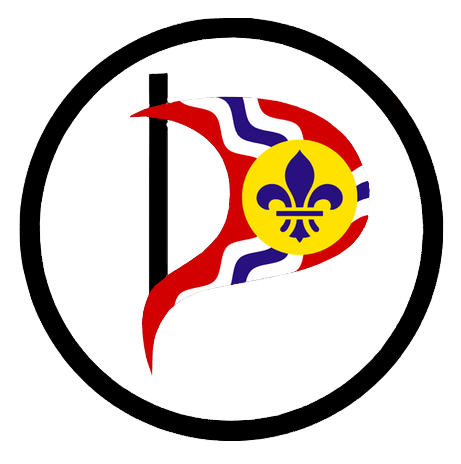Aggregator
Golden Hour
Metro East elementary school teacher killed in motorcycle crash
House passes bill to raise debt ceiling
The House on Wednesday night passed a bipartisan bill to suspend the debt ceiling, overcoming vocal opposition from conservative and liberal lawmakers and bringing the country one step closer to avoiding an economy-rattling default ahead of next week’s deadline. The legislation — which was crafted through negotiations between President Biden, Speaker Kevin McCarthy (R-Calif.) and their [...]
kyle was casually shredding on south grand this afternoon
Federal judge halts Missouri execution of man convicted in jailbreak killings
A federal judge has halted next week’s scheduled execution of a man convicted of killing two Missouri jailers in a botched jail break scheme.
Personal property tax when renewing plates
St. Louis Circuit Attorney Gabe Gore talks progressive policies, rebuilding office
New St. Louis Circuit Attorney Gabe Gore: ‘Failure is not an option’
During his first full-day in office as the city's top prosecutor, St. Louis Circuit Attorney Gabe Gore explained why he wanted to take the job and his priorities moving forward.
Former 'Family Feud' contestant Timothy Bliefnick guilty in wife's slaying
QUINCY, Ill. (AP) — A jury Wednesday convicted a former contestant on the television game show “Family Feud” of first-degree murder and home invasion in the slaying of his estranged wife in western Illinois. Timothy Bliefnick, 40, was found guilty in the Feb. 23 shooting death of Rebecca Bliefnick. The Adams County Circuit Court jury [...]
St. Louis County family raises funds to flee Missouri to protect trans child
Drought conditions raising produce prices at Thies Farm
Andy Welle, co-owner of Thies Farm, does not need to look at May’s rainfall totals to know our area is experiencing mild drought conditions.
I love the park by the arch
Search for peeping Tom continues in Clayton
Investigators with the Clayton Police Department are asking for the public’s help in identifying and locating a prowler who has been on the loose for nearly a year.
SWEETMEAT AND ME
SWEETMEAT AND MYSELF BEFORE CONCERT
ME and JOHNNY BONGO
ME AND MY BUDDY!!!
Christmas brunch…
For those that liked it last year, here is an updated picture of what my backyard cactus currently looks like.
What are the best innovation policies?
This comes a little out of the blue, but this morning I happened to come across a paper on innovation policy that struck me as sensible and well-argued. It's an important thing to get right since innovation is the single most important key to both productivity growth—and thus rising living standards—as well as overall economic ...continue reading "What are the best innovation policies?"
St. Louis Region Outpacing Peer Cities For Availability Of Manufacturing Space
ST. LOUIS - After hitting historic highs for delivery of modern bulk industrial space in 2022, the St. Louis region now also has the largest amount of manufacturing space available on the market compared to other Midwest cities, along with one of the lowest average asking rents. In addition, the region has trained workers ready to support newcomers to the industrial market with 15% of the region’s workforce within the production and transportation/material moving occupations. The data is included in St. Louis Regional Industrial Real Estate Market Indicators & Workforce Report released on May 26 th by the St. Louis Regional Freightway as part of the annual FreightWeekSTL conference and expo. The real estate information underscores that the St. Louis region has the space and workers needed for manufacturing companies looking for existing places to grow and expand their businesses. The St. Louis Regional Real Estate Market Indicators & Workforce Report emphasizes the significance
 stLouIST
stLouIST